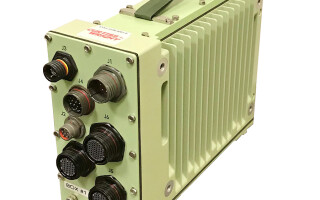Bringing the benefits of GCIA to next-generation ground vehicles - Story
May 15, 2023The partnership between Curtiss-Wright and BAE Systems to develop a standardized Modular Open System Approach (MOSA) open architecture for next-generation ground vehicles is an example of how the benefits of MOSA-aligned open standards can be leveraged to deliver new capabilities to next-generation ground vehicles, such as the U.S. Army’s Optionally Manned Fighting Vehicle (OMFV).
Understanding GCIA: A paradigm shift for establishing an overall ground-combat vehicle architecture - Story
February 16, 2023The U.S. Army has long pursued a standardized infrastructure and architecture for ground-combat vehicle hardware and networking. While the VICTORY [Vehicular Integration for C4ISR/EW Interoperability] standard helped make some progress and created some excitement, the need to converge on a more focused solution set soon became apparent. That reality resulted in hardware/software convergence which explored what such a solution set might look like, such as standardizing on 3U OpenVPX, as a way of driving a modular enough solution that could have a significant impact on interoperability. The next step was CMOSS [Command, Control, Communications, Computers, Cyber, Intelligence, Surveillance, Reconnaissance (C5ISR)/Electronic Warfare Modular Open Suite of Standards], which – in its effort to define the suite of standards for building the desired infrastructure and network – embraced the VICTORY, MORA [Modular Open RF Architecture], and OpenVPX standards.









